Low-VOC Finishes: Your Guide to Healthier Indoor Air Quality at Home
Table Of Contents
- What Are VOCs and Why Should You Care?
- Health Impacts of VOCs in Your Home
- Benefits of Choosing Low-VOC Furniture Finishes
- Types of Low-VOC Finishes for Furniture
- How to Identify Low-VOC Furniture When Shopping
- Styling Your Home with Low-VOC Furniture
- Maintenance Tips for Low-VOC Finished Furniture
- Creating a Healthier Home Environment
The quest for a beautiful home often leads us to focus on aesthetics and functionality, but there's another crucial factor that deserves equal attention—the air we breathe indoors. The furniture pieces that make our homes comfortable and stylish can sometimes harbor hidden threats to our health in the form of volatile organic compounds (VOCs). These invisible chemicals, commonly found in traditional furniture finishes, can significantly impact your indoor air quality and, consequently, your well-being.
At Loft Home Furniture, we believe that creating your dream living space shouldn't come at the expense of your health. That's why understanding low-VOC finishes is essential for anyone looking to create not just a beautiful home, but a healthy one too. This comprehensive guide explores how making informed choices about furniture finishes can lead to better indoor air quality and a healthier living environment for you and your loved ones.
Whether you're renovating your entire home or simply adding a new sofa or dining table to your space, this article will equip you with the knowledge to make choices that protect both your style preferences and your health. Let's explore the world of low-VOC finishes and discover how they can transform your home into a sanctuary of wellness without compromising on design.
What Are VOCs and Why Should You Care?
Volatile Organic Compounds, or VOCs, are carbon-containing chemicals that easily evaporate at room temperature, releasing gases into the air we breathe. In furniture, these compounds are commonly found in paints, varnishes, lacquers, and other finishes used to protect and beautify wood and other materials.
The "volatile" nature of these compounds means they don't stay contained within the furniture—they gradually release into your home environment through a process called off-gassing. This process can continue for months or even years after a piece of furniture enters your home, with the highest concentration of emissions typically occurring in the first few weeks.
Common VOCs found in traditional furniture finishes include formaldehyde, benzene, toluene, xylene, and ethyl acetate. These chemicals serve various purposes in finishes—they help paints flow smoothly, dry quickly, and resist mildew. However, their convenience in manufacturing comes with potential costs to your health and indoor air quality.
Indoor air pollution is a significant concern, with the Environmental Protection Agency (EPA) reporting that indoor air can be two to five times more polluted than outdoor air. With Singaporeans spending approximately 90% of their time indoors, the quality of the air in our homes directly impacts our daily health and long-term wellbeing.
Health Impacts of VOCs in Your Home
The health effects of VOC exposure range from mild, immediate reactions to serious long-term health complications. When furnishing your home, being aware of these potential impacts can help you make more informed decisions about the pieces you bring into your living space.
Short-Term Health Effects
Even at low to moderate levels, VOCs can cause noticeable discomfort and health issues. Short-term exposure may lead to:
- Eye, nose, and throat irritation
- Headaches and dizziness
- Nausea or vomiting
- Worsening of asthma symptoms
- Allergic skin reactions
- Fatigue or difficulty concentrating
These symptoms may be particularly pronounced when you bring new furniture into your home, during the period when off-gassing is most intense. You might notice these effects especially in smaller, less ventilated spaces like bedrooms or study areas.
Long-Term Health Concerns
Extended exposure to VOCs has been linked to more serious health conditions. Scientific research has associated long-term VOC exposure with:
- Damage to the liver, kidneys, and central nervous system
- Increased risk of certain cancers
- Chronic respiratory problems
- Hormonal and reproductive issues
- Development of Multiple Chemical Sensitivity (MCS)
Children, elderly individuals, pregnant women, and those with pre-existing health conditions may be particularly vulnerable to the effects of VOCs. For homes with young children, whose developing bodies process air pollutants differently than adults, choosing furniture with low-VOC finishes becomes even more important.
Impact on Indoor Air Quality
In Singapore's tropical climate, where homes are often kept closed and air-conditioned, VOCs can become trapped and concentrated indoors. Without proper ventilation, these compounds can build up over time, leading to what experts call "Sick Building Syndrome"—a condition where occupants experience acute health effects that seem linked to time spent in a particular building, but no specific illness can be identified.
Benefits of Choosing Low-VOC Furniture Finishes
Selecting furniture with low-VOC finishes offers numerous advantages that extend beyond just health benefits. Understanding these benefits can help you appreciate why making this choice is worthwhile for your home environment.
Improved Indoor Air Quality
The most immediate benefit of low-VOC furniture is significantly reduced chemical emissions in your home. This translates to cleaner air and a fresher-smelling environment. Many homeowners report noticing the difference immediately—there's less of that "new furniture smell" which, while often associated with quality, is actually the scent of chemicals off-gassing into your home.
Health Protection for Your Family
By reducing exposure to harmful chemicals, low-VOC furniture helps protect everyone in your household from both immediate discomfort and long-term health risks. This is particularly important for families with members who have respiratory conditions like asthma or allergies, as well as homes with children, elderly individuals, or pregnant women.
Environmental Sustainability
Low-VOC finishes aren't just better for your indoor environment—they're better for the planet too. Traditional finishes contribute to air pollution and can have negative impacts on water quality when they're manufactured and disposed of. By choosing furniture with eco-friendly finishes, you're supporting more sustainable production practices and reducing your environmental footprint.
Comparable Performance and Aesthetics
Modern low-VOC finishes have come a long way in terms of quality and appearance. Today's options provide durability, stain resistance, and beautiful finishes that rival or even exceed their traditional counterparts. Whether you prefer the warm tones of a wooden sofa or the sleek look of a contemporary table, low-VOC options can meet your style requirements without compromise.
Types of Low-VOC Finishes for Furniture
The market offers several types of low-VOC finishes, each with unique characteristics and applications. Understanding these options helps you make more informed choices when selecting furniture for your home.
Water-Based Finishes
Water-based polyurethanes, acrylics, and lacquers use water rather than petroleum-based solvents as their carrying agent. These finishes have become increasingly popular due to their significantly lower VOC content, minimal odor, and quick drying time. They provide excellent clarity and don't yellow over time, making them ideal for maintaining the natural appearance of lighter woods like maple or ash.
Many of our Scandinavian tables and minimalist sofas feature water-based finishes that preserve the clean, light aesthetic that these styles are known for.
Natural Oil Finishes
Natural oils like linseed, tung, and walnut oil penetrate wood rather than creating a surface film. These finishes enhance the natural beauty and grain of wood while providing moderate protection. While not all natural oils are automatically low in VOCs, many formulations specifically designed to be low-VOC are available.
Oil finishes create a warm, rich look that's particularly beautiful on wooden tables and bring out the character in pieces with distinctive grain patterns. They're also relatively easy to touch up and maintain over time.
Hard Wax Oils
Hard wax oils combine natural oils with waxes to create a more durable finish that still maintains a natural look and feel. These finishes offer good water resistance while allowing the wood to breathe. They're particularly popular for dining tables and other surfaces that see regular use.
Our collection of rustic tables often features hard wax oil finishes that enhance their organic, textured appearance while providing practical protection for everyday use.
Milk Paint and Natural Paints
Made from natural ingredients like milk protein (casein), clay, and natural pigments, these paints contain virtually no VOCs. They create a distinctive matte finish with a subtle texture that adds character to furniture pieces. While traditionally associated with country or farmhouse styles, modern formulations are used across various design aesthetics.
These finishes are often found on accent pieces and vintage storages where their unique appearance adds visual interest and depth.
UV-Cured Finishes
UV-cured finishes use ultraviolet light to instantly cure (dry) the finish, resulting in extremely low VOC emissions. These finishes are incredibly durable and resistant to scratches, making them ideal for high-use furniture like dining tables and desks. They provide excellent protection while releasing minimal chemicals into your home.
How to Identify Low-VOC Furniture When Shopping
Finding furniture with low-VOC finishes requires some knowledge about what to look for and which questions to ask. Here are practical strategies to help you identify healthier options during your furniture shopping journey.
Look for Certifications
Several independent certifications can help you identify products with low chemical emissions:
- GREENGUARD and GREENGUARD Gold - These certifications indicate that products have been tested for thousands of chemicals and meet strict emissions criteria.
- Singapore Green Label - A local certification that identifies environmentally-friendly products, including those with low chemical emissions.
- SCS Indoor Advantage - Certifies compliance with rigorous indoor air quality emission requirements.
- EU Ecolabel - European certification for products meeting strict environmental criteria.
At Loft Home Furniture, we provide information about certifications and finishes on our product pages, making it easier for you to make informed decisions.
Ask Specific Questions
When speaking with sales representatives or contacting manufacturers, ask pointed questions about finishes:
- What type of finish is used on this piece?
- Is this a low-VOC or zero-VOC finish?
- Has this product been tested for chemical emissions?
- How long should I expect off-gassing to occur?
- Are there any special care instructions for this finish?
Reputable retailers should be able to provide this information or direct you to resources where you can learn more about their products' materials and finishes.
Consider Material and Construction
Beyond the finish itself, consider the base materials used in furniture construction:
- Solid wood typically contains fewer chemicals than composite materials like particleboard or MDF, which often contain formaldehyde-based adhesives.
- If you're looking at upholstered pieces like fabric sofas, inquire about flame retardants and stain treatments, which can be additional sources of VOCs.
- For genuine leather sofas, ask about the tanning and dyeing processes, as these can involve various chemicals.
Styling Your Home with Low-VOC Furniture
Creating a healthier home environment doesn't mean sacrificing style or limiting your design options. Low-VOC furniture can work beautifully in any aesthetic, from contemporary to traditional, minimalist to eclectic. Here's how to incorporate these healthier options into your home design.
Modern and Contemporary Spaces
For clean-lined, contemporary interiors, look for furniture with water-based or UV-cured finishes that provide a smooth, flawless appearance. Consider pieces like:
- A sleek minimalist sofa with exposed wooden legs finished with water-based polyurethane
- A glass table paired with chairs featuring low-VOC painted frames
- Storage pieces with matte, low-VOC lacquer finishes for a sophisticated look
The clean aesthetic of modern design works perfectly with the smooth, consistent appearance that many low-VOC finishes provide.
Scandinavian and Japandi Styles
These styles emphasize natural materials and light finishes, making them perfect for showcasing low-VOC options:
- Wooden tables with clear, water-based finishes that highlight the natural grain
- Scandinavian sofas with exposed hardwood frames treated with natural oils
- Japandi storage pieces with minimal, natural finishes that celebrate the wood's character
The focus on natural materials and light, airy spaces in these styles aligns perfectly with the ethos of healthier indoor environments.
Rustic and Industrial Designs
These styles often feature exposed materials and weathered finishes that work well with many low-VOC options:
- Rustic tables with hard wax oil finishes that protect while maintaining a natural look
- Industrial sofas combining metal frames with wood elements finished with low-VOC sealants
- Reclaimed wood pieces that may require minimal finishing, reducing overall VOC content
The character and patina valued in these styles often come from finishes that aren't heavily processed, making them naturally lower in chemical content.
Maintenance Tips for Low-VOC Finished Furniture
Proper care of your low-VOC furniture not only extends its life but also maintains its health benefits. Different finishes require different maintenance approaches to keep them looking their best.
Daily Care
For regular cleaning and maintenance:
- Dust frequently with a soft, slightly damp cloth to prevent buildup that might require stronger cleaners later
- Clean spills immediately to prevent staining, especially on natural oil finishes which may be more absorbent
- Use mild, eco-friendly cleaners rather than harsh chemicals that can damage finishes and introduce new VOCs into your home
- Protect surfaces from heat and moisture with coasters, trivets, and placemats
Long-term Maintenance
To keep your furniture in optimal condition:
- For oil-finished pieces, apply a refresher coat of the same oil every 6-12 months or when the wood appears dry
- Water-based finishes may need reapplication every few years, depending on wear
- Hard wax oils can be spot-repaired in areas of heavy wear without refinishing the entire piece
- When refinishing becomes necessary, choose low-VOC products compatible with the original finish
At Loft Home Furniture, we provide specific care instructions for each piece, ensuring you have the information needed to maintain your furniture properly for years to come.
Environmental Considerations
Even with low-VOC furniture, these practices help maintain optimal indoor air quality:
- Ventilate your home regularly by opening windows when weather permits
- Use air purifiers with HEPA and activated carbon filters to remove airborne chemicals
- Keep indoor plants known for air-purifying properties, such as peace lilies or snake plants
- Control humidity levels, as higher humidity can increase VOC emissions from some materials
Creating a Healthier Home Environment
The furniture we choose does more than define our style—it shapes the very air we breathe at home. By selecting pieces with low-VOC finishes, you're making a significant investment in your family's health and wellbeing. These choices create living spaces that are not just beautiful and functional, but truly healthy environments where you can thrive.
As awareness of indoor air quality continues to grow, the availability of low-VOC furniture options expands as well. At Loft Home Furniture, we're committed to offering pieces that meet high standards for both design and health considerations. Our collection includes numerous options featuring low-VOC finishes across various styles, from Scandinavian tables to contemporary sofas and minimalist storage solutions.
Remember that creating a healthier home is a journey, not an overnight transformation. If replacing all your furniture at once isn't practical, consider prioritizing the bedroom where you spend the most consecutive hours, or the living room where family gathers most frequently. Even incremental changes can make a meaningful difference in your home's air quality.
By choosing furniture with low-VOC finishes, you're not just decorating your home—you're creating a sanctuary that supports your wellbeing in every way. It's an investment in both the beauty of your living space and the health of those who share it with you.
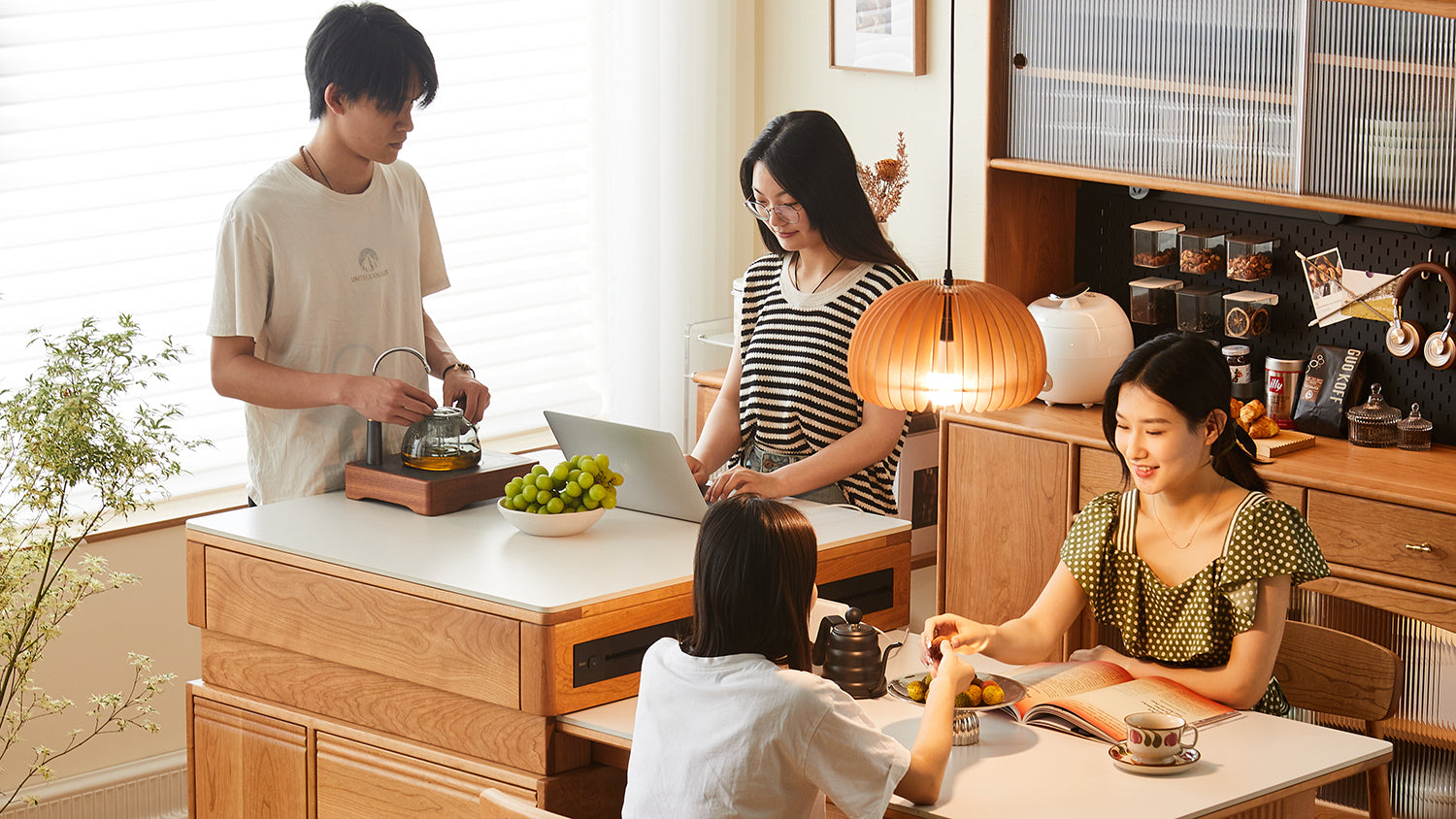

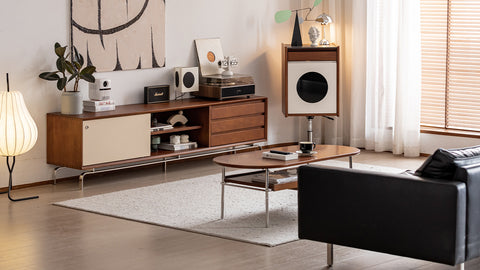
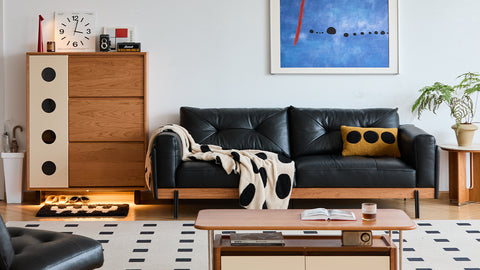
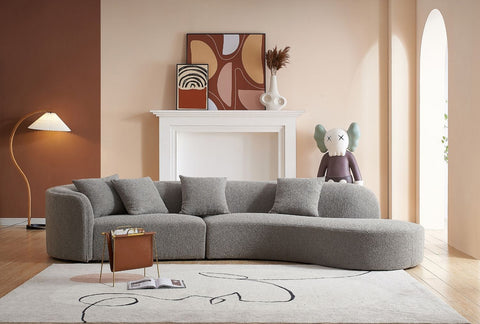
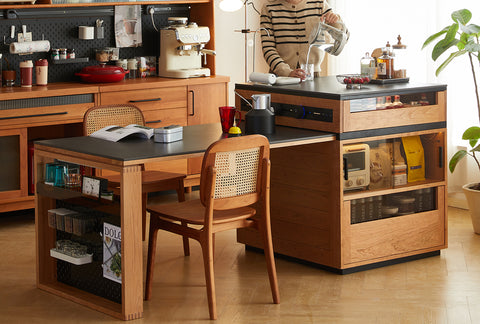
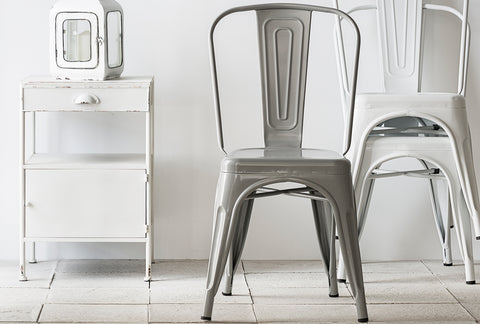
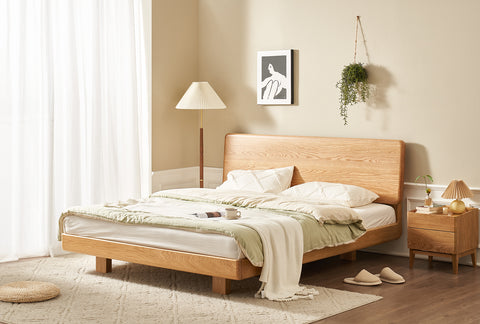
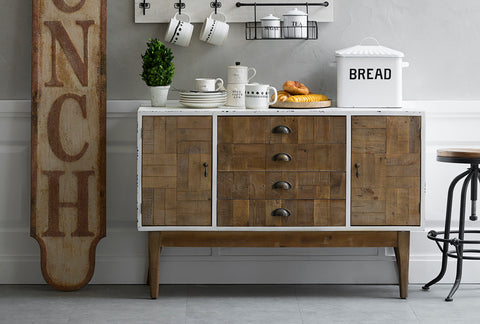




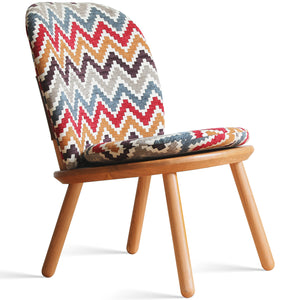
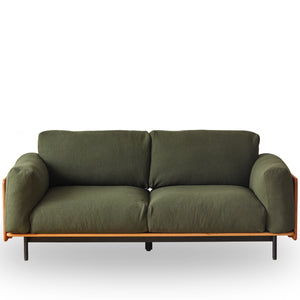
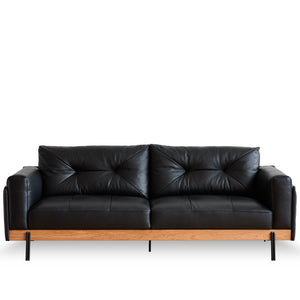
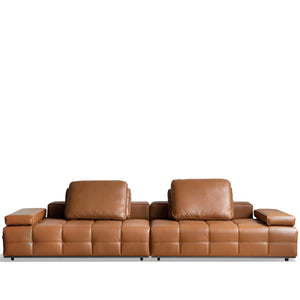
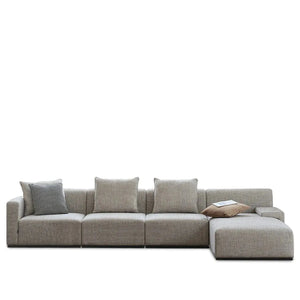
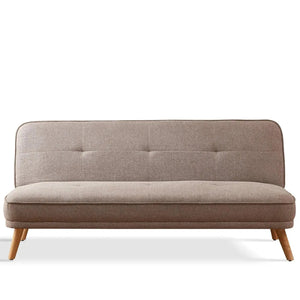
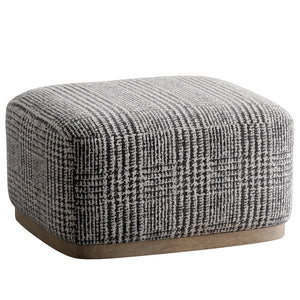

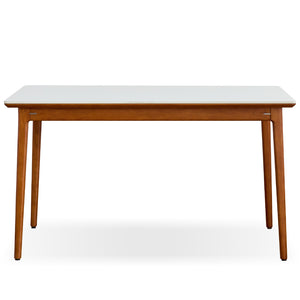
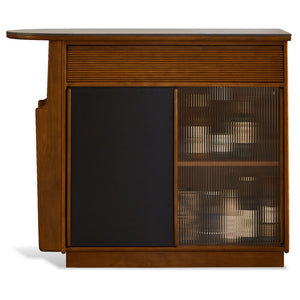
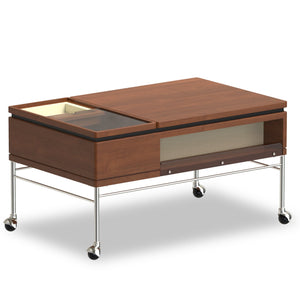
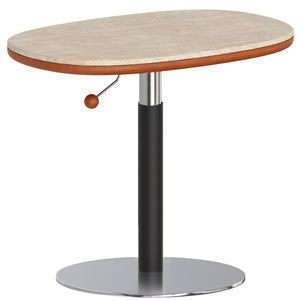
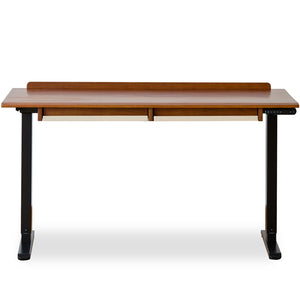
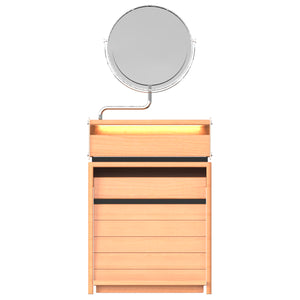

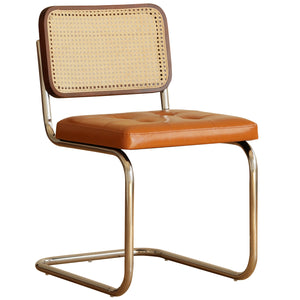
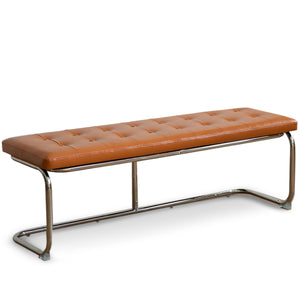
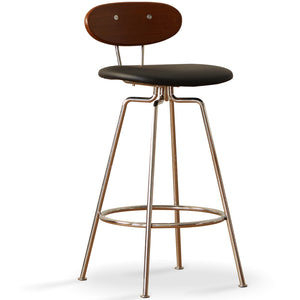
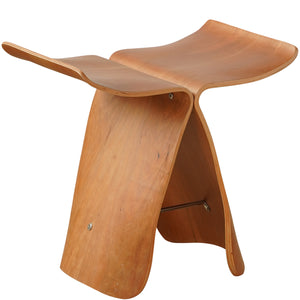
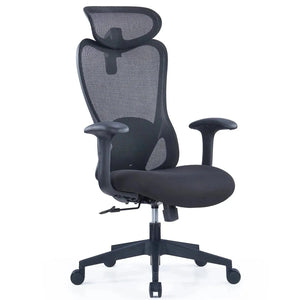

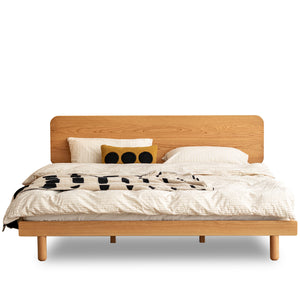


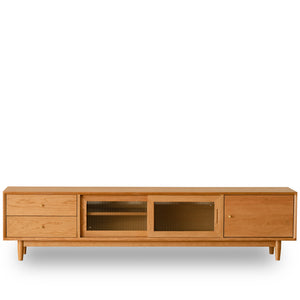
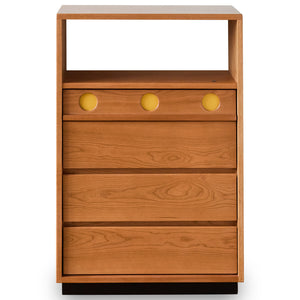
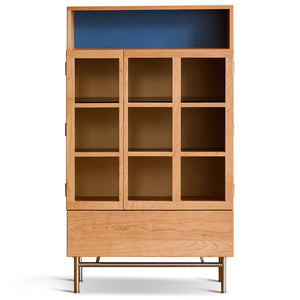
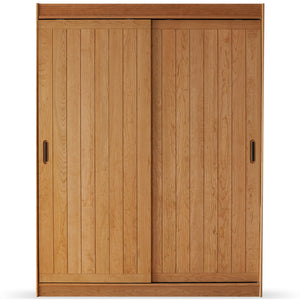
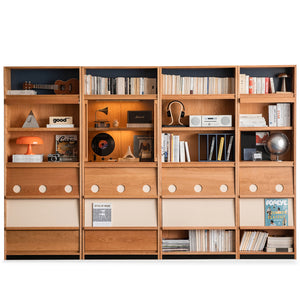
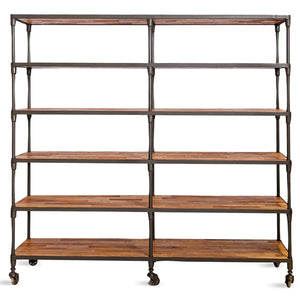
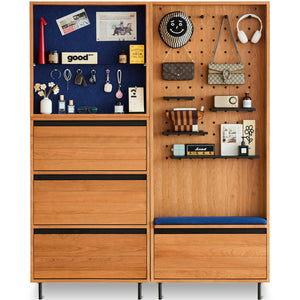
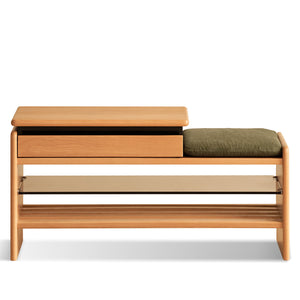
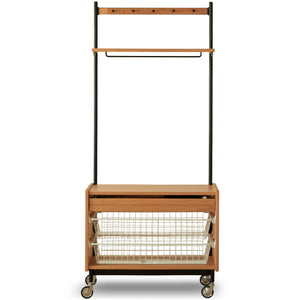
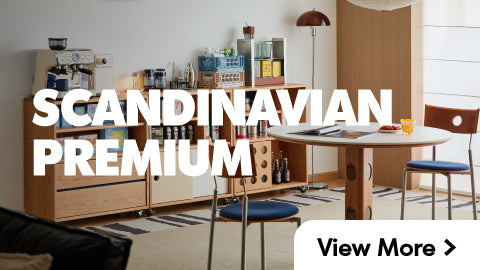





















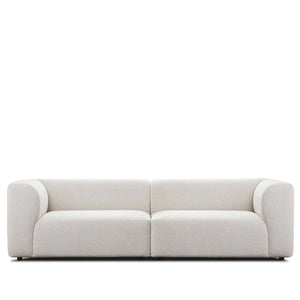




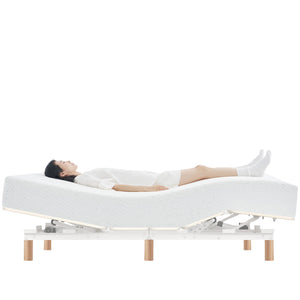
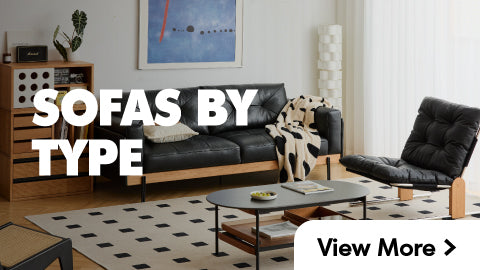
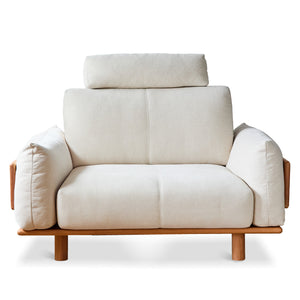
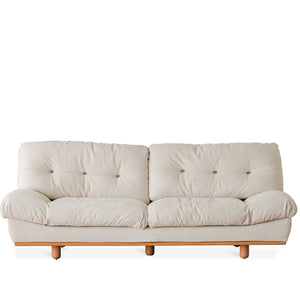
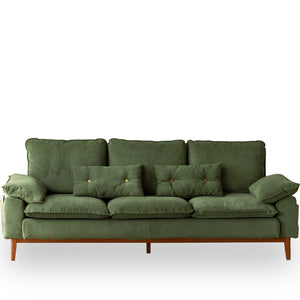
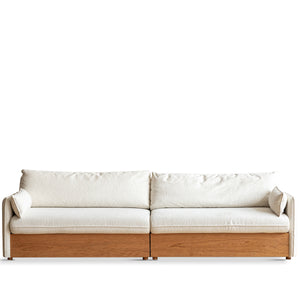
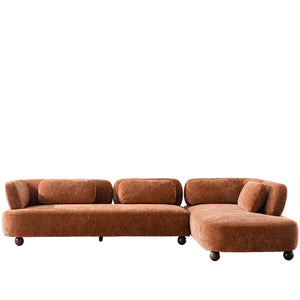
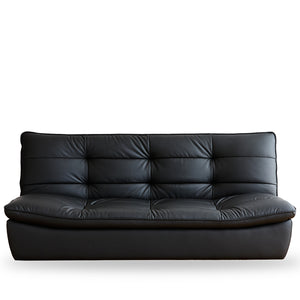
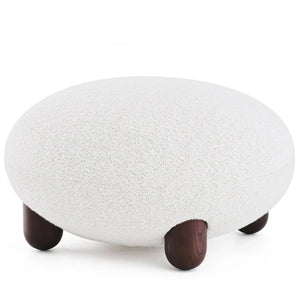
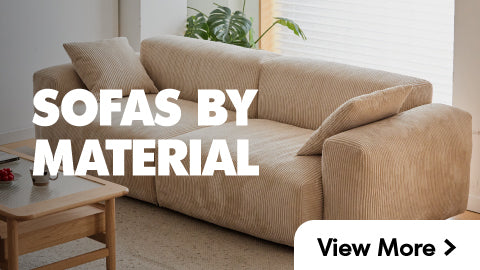
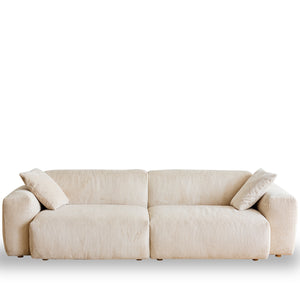
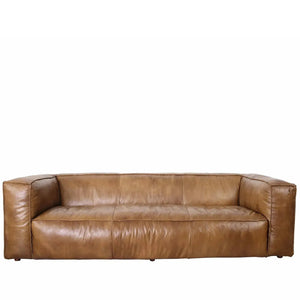
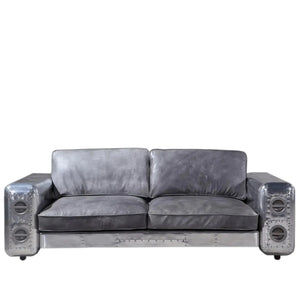
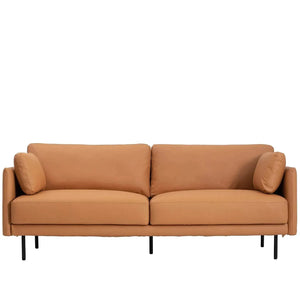
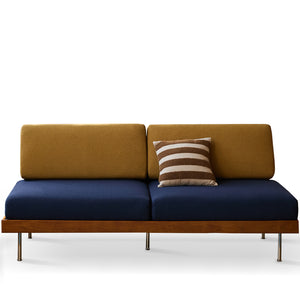
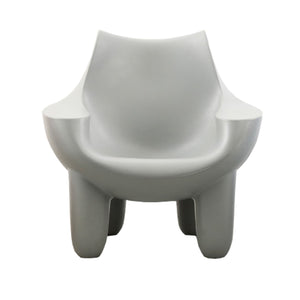
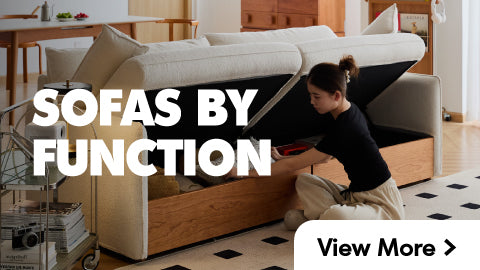
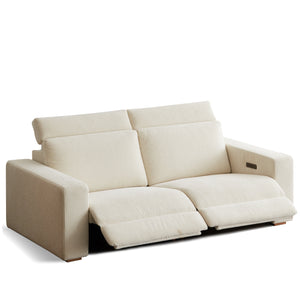

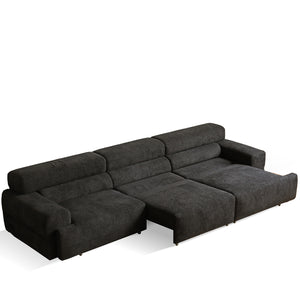
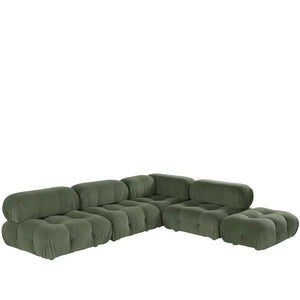
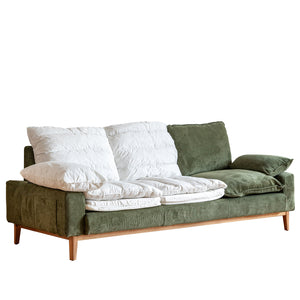
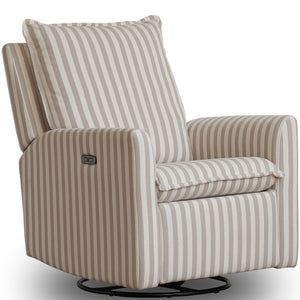
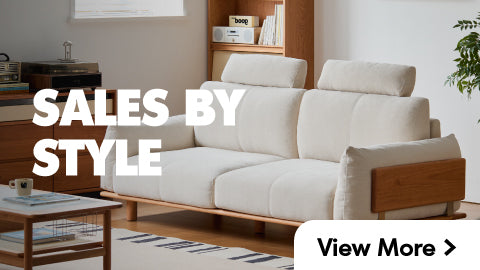
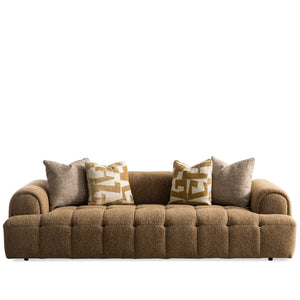
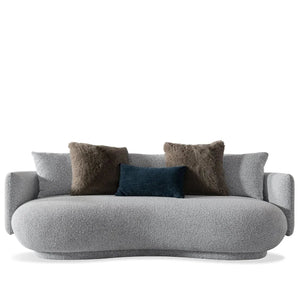
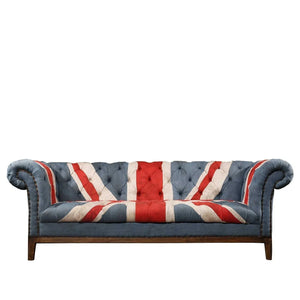
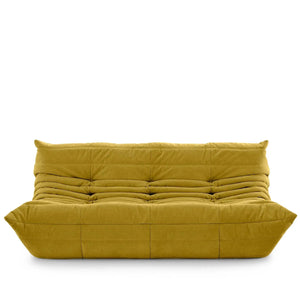
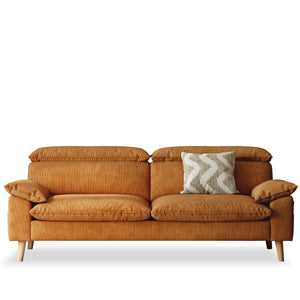

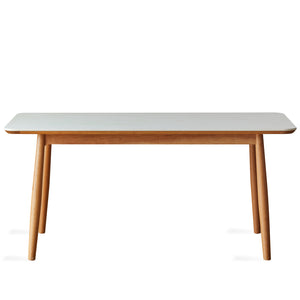
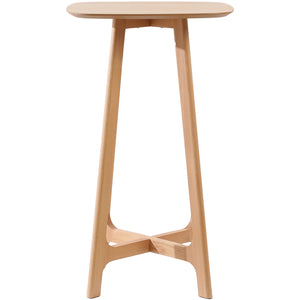
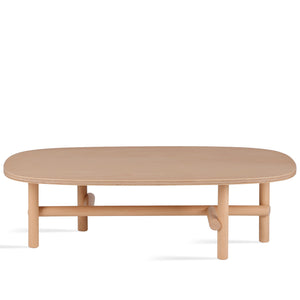
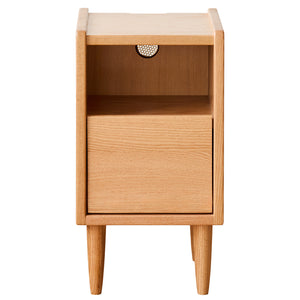
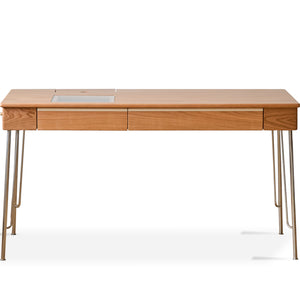
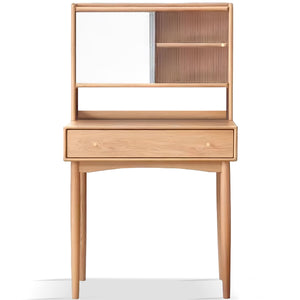

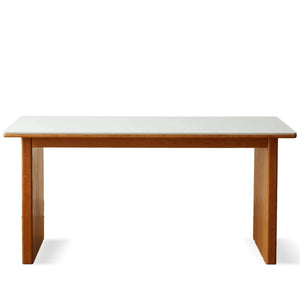
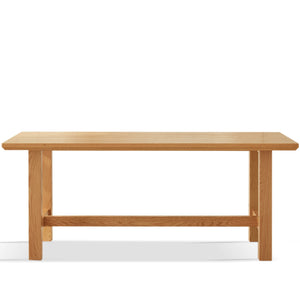
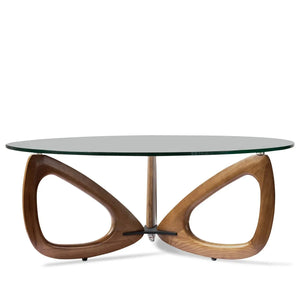
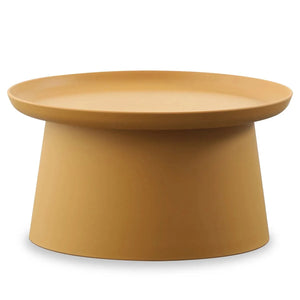
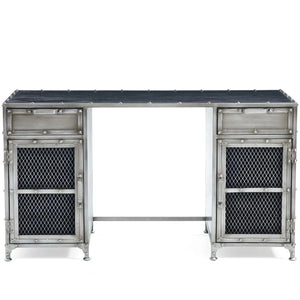
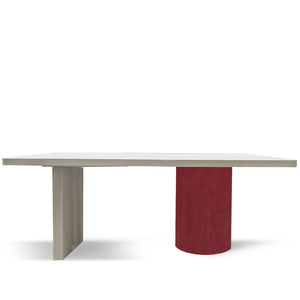
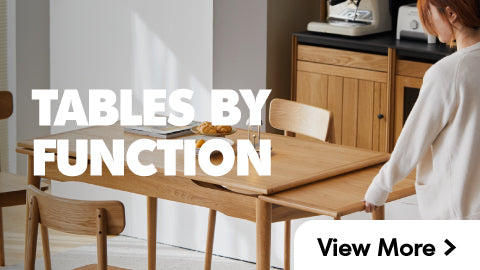
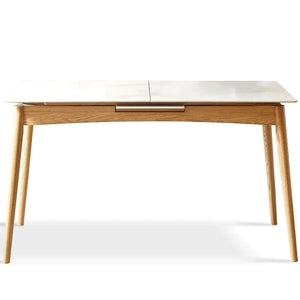
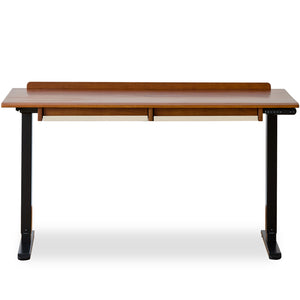
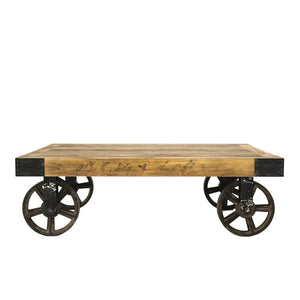
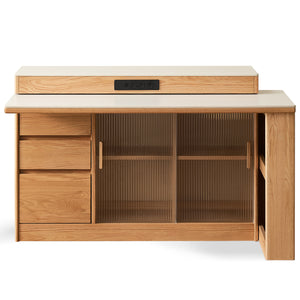
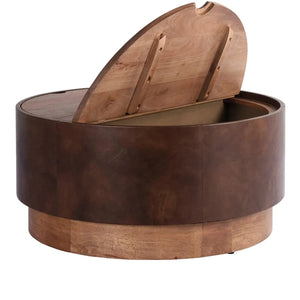
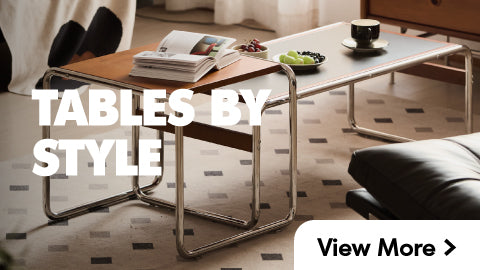
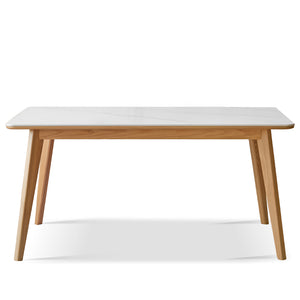
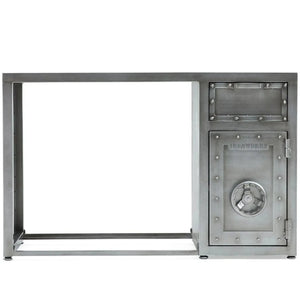
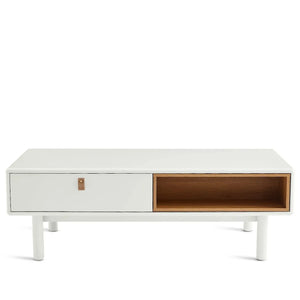

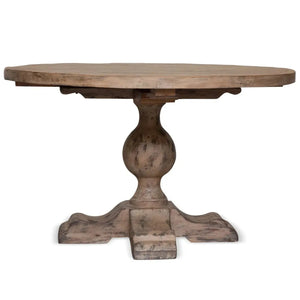


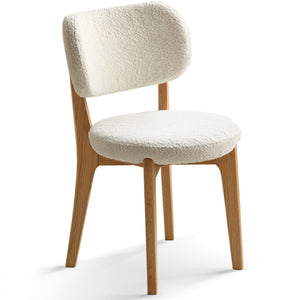
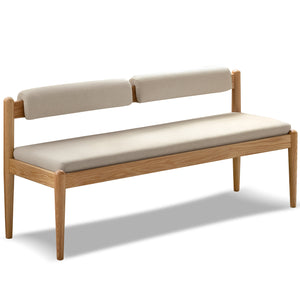
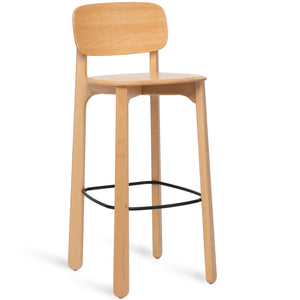
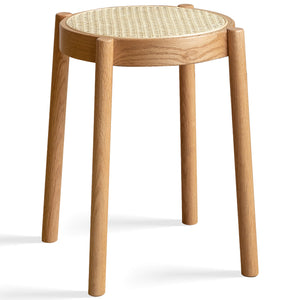
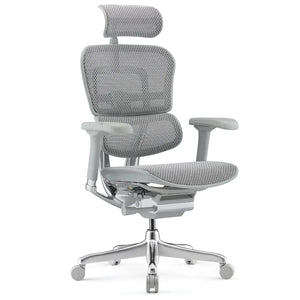
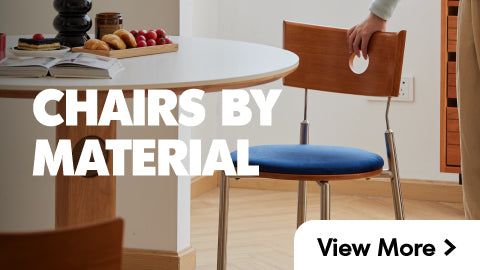
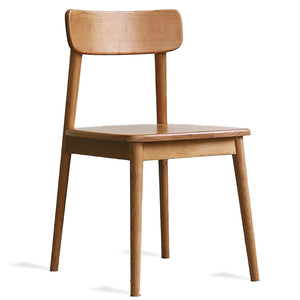
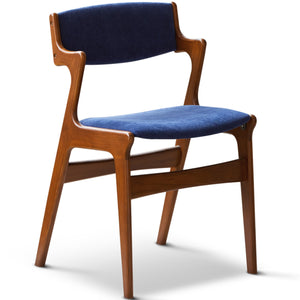
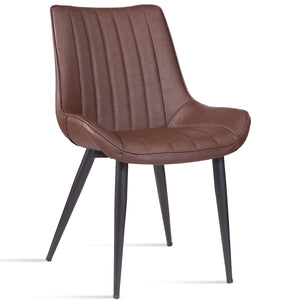
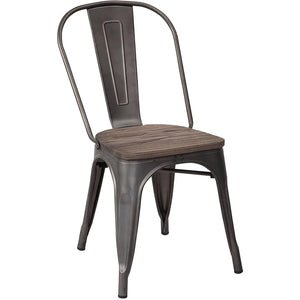
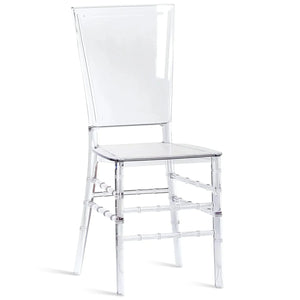
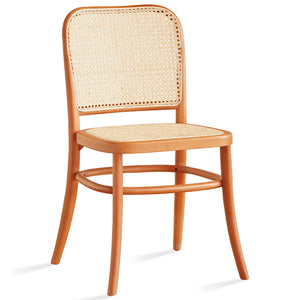
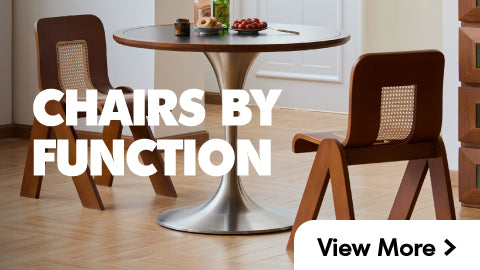
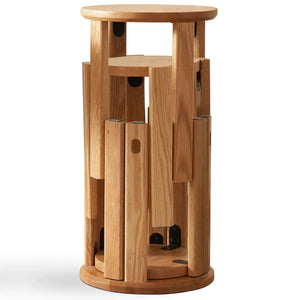
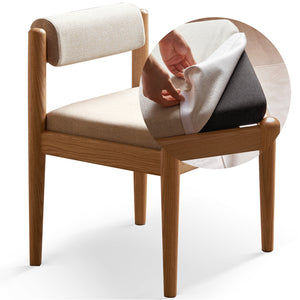
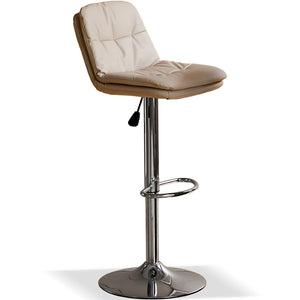
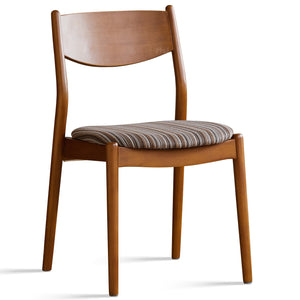
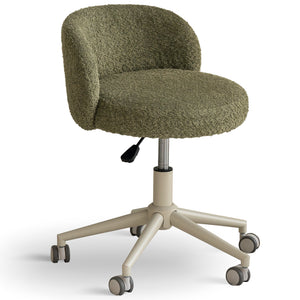
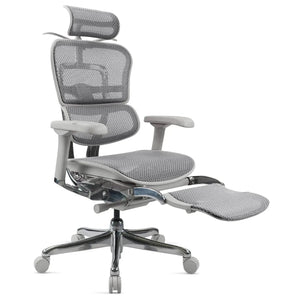

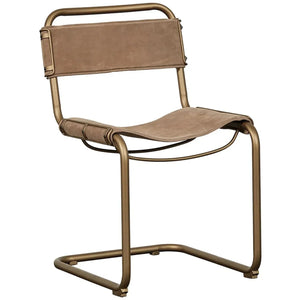
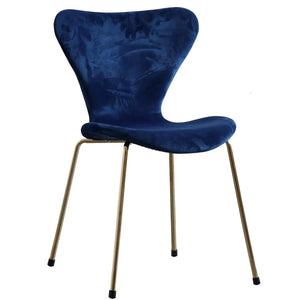
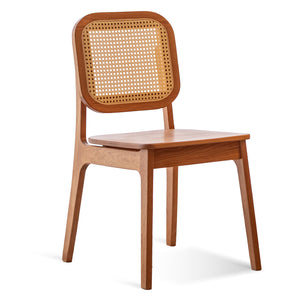
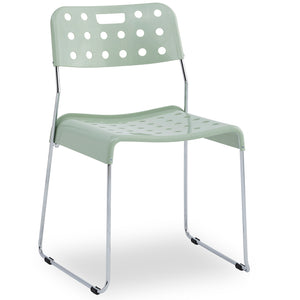
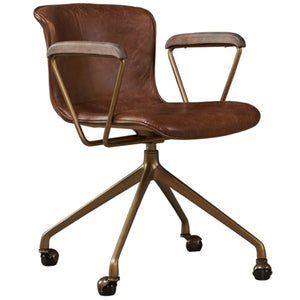


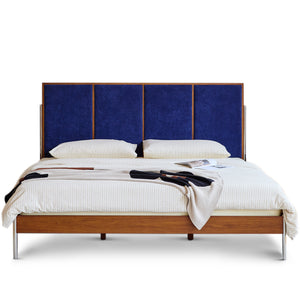

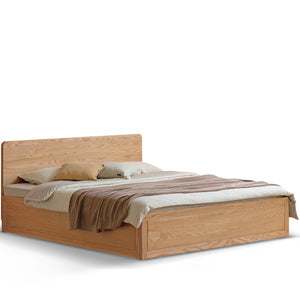
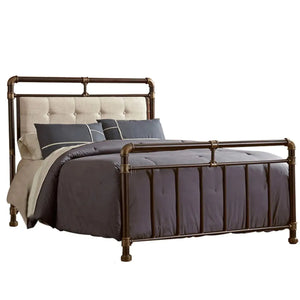
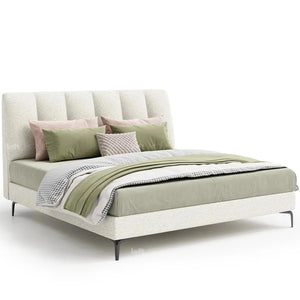
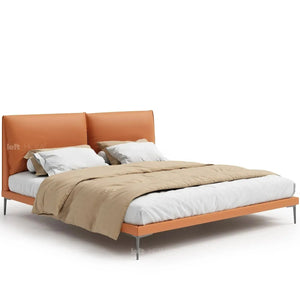
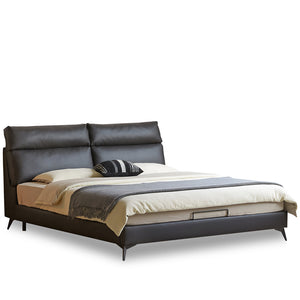
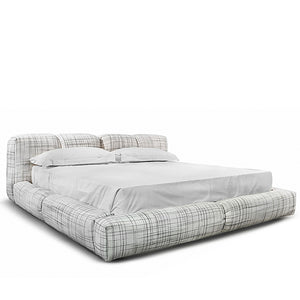

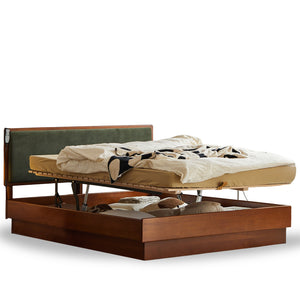
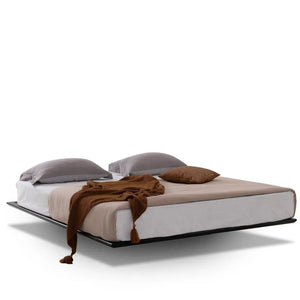
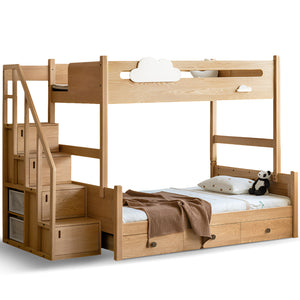
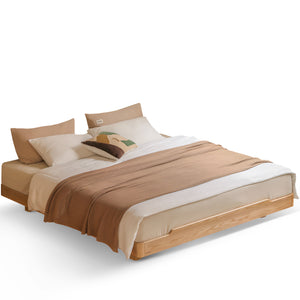
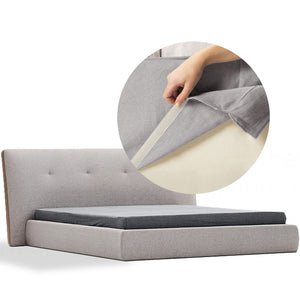
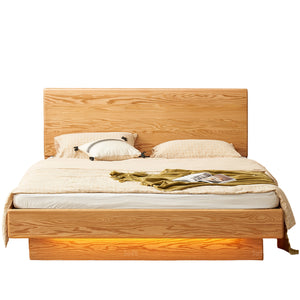
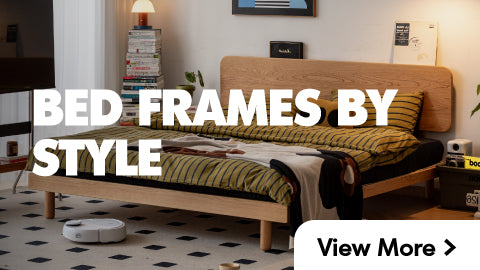
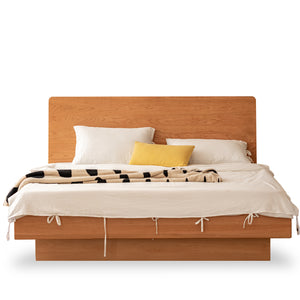
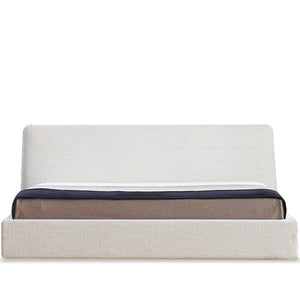
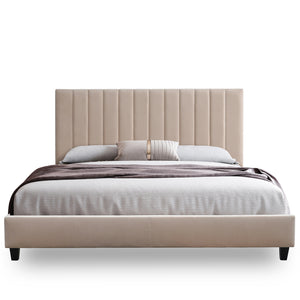
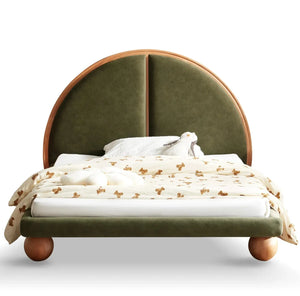
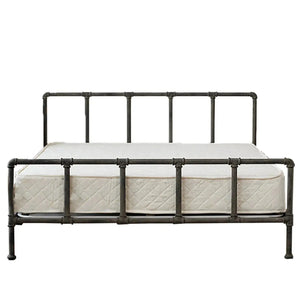
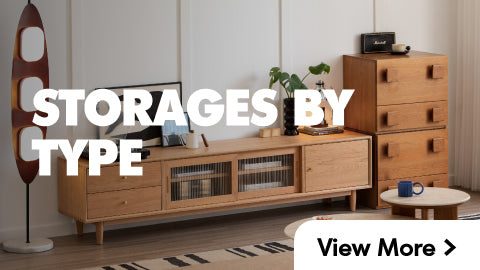
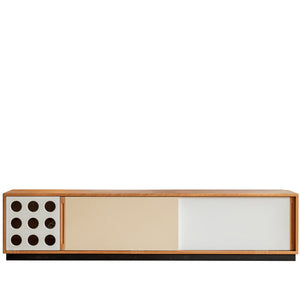
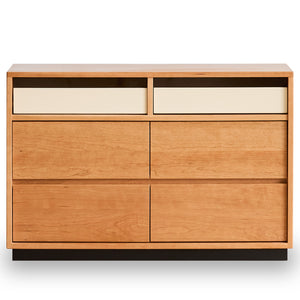
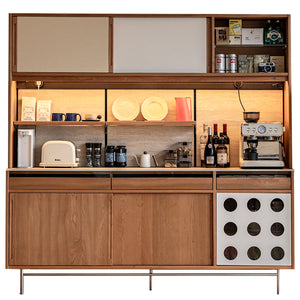
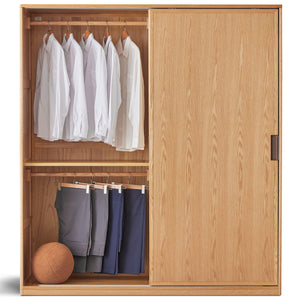
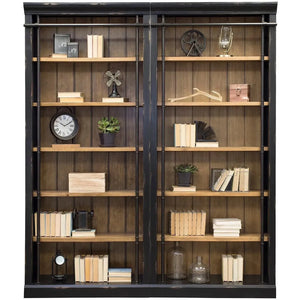
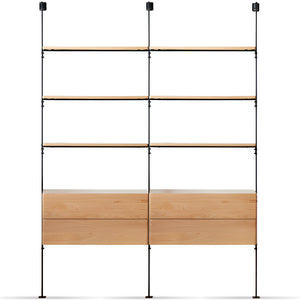
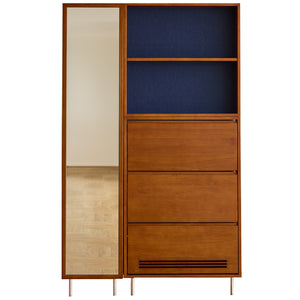

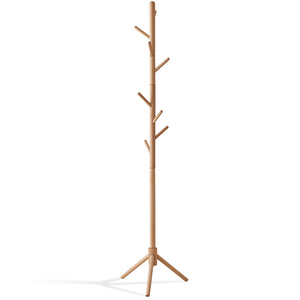

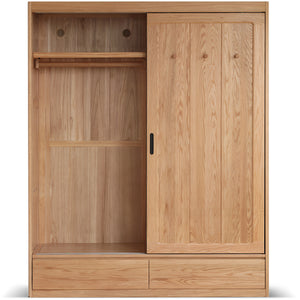
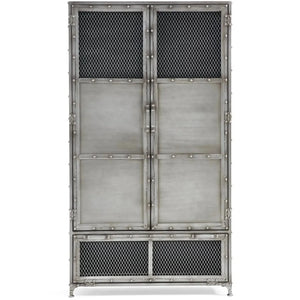
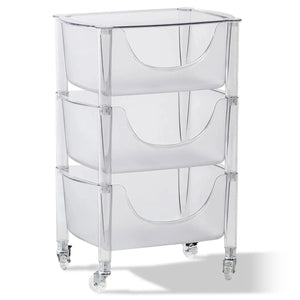
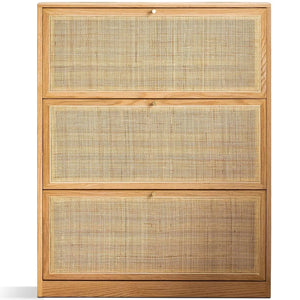
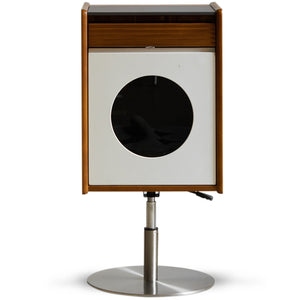
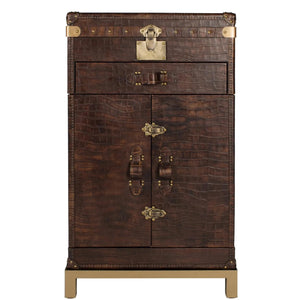

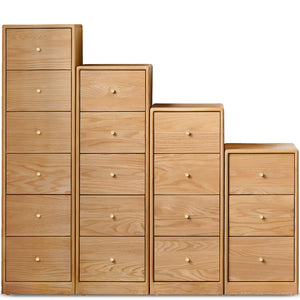
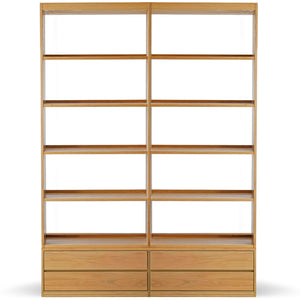
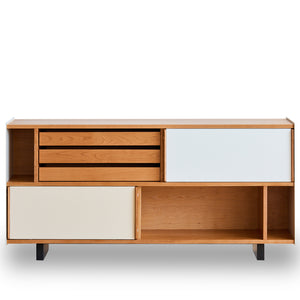
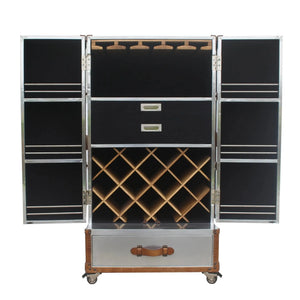

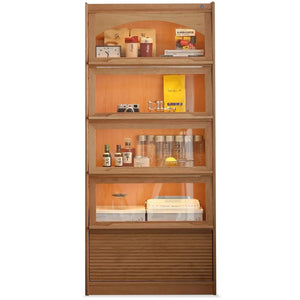

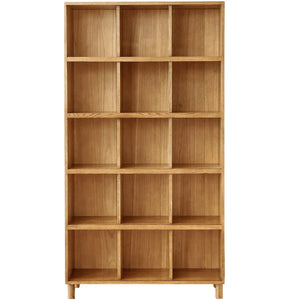
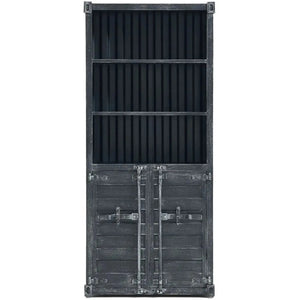
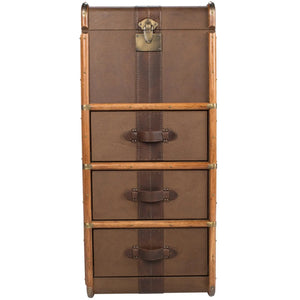
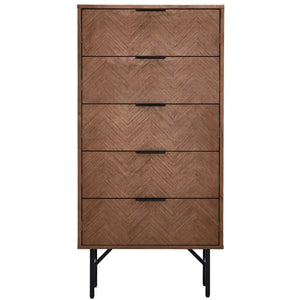
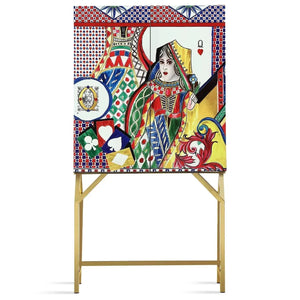
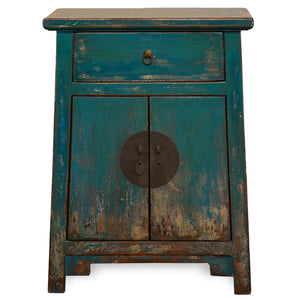


























































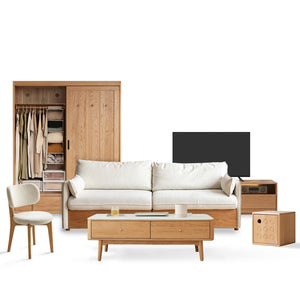
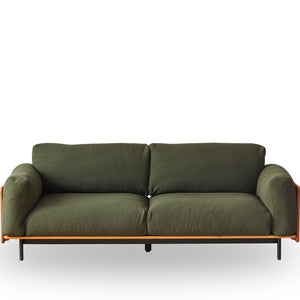
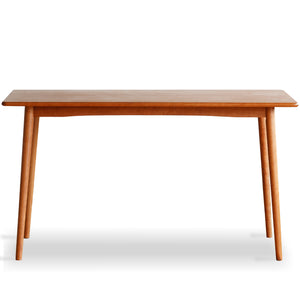
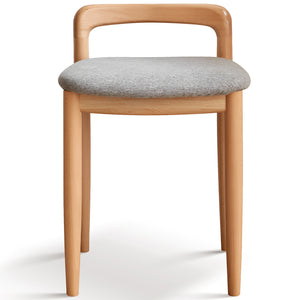
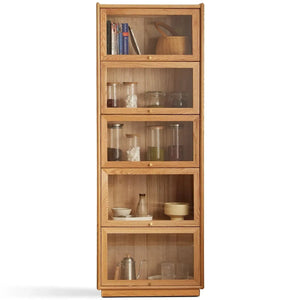
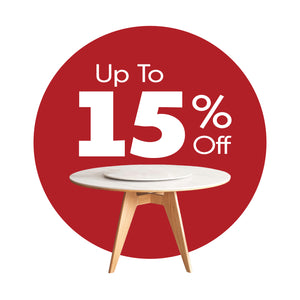

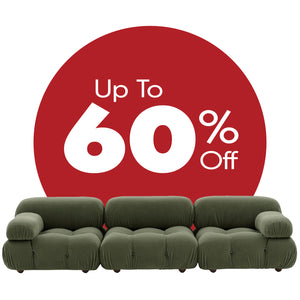
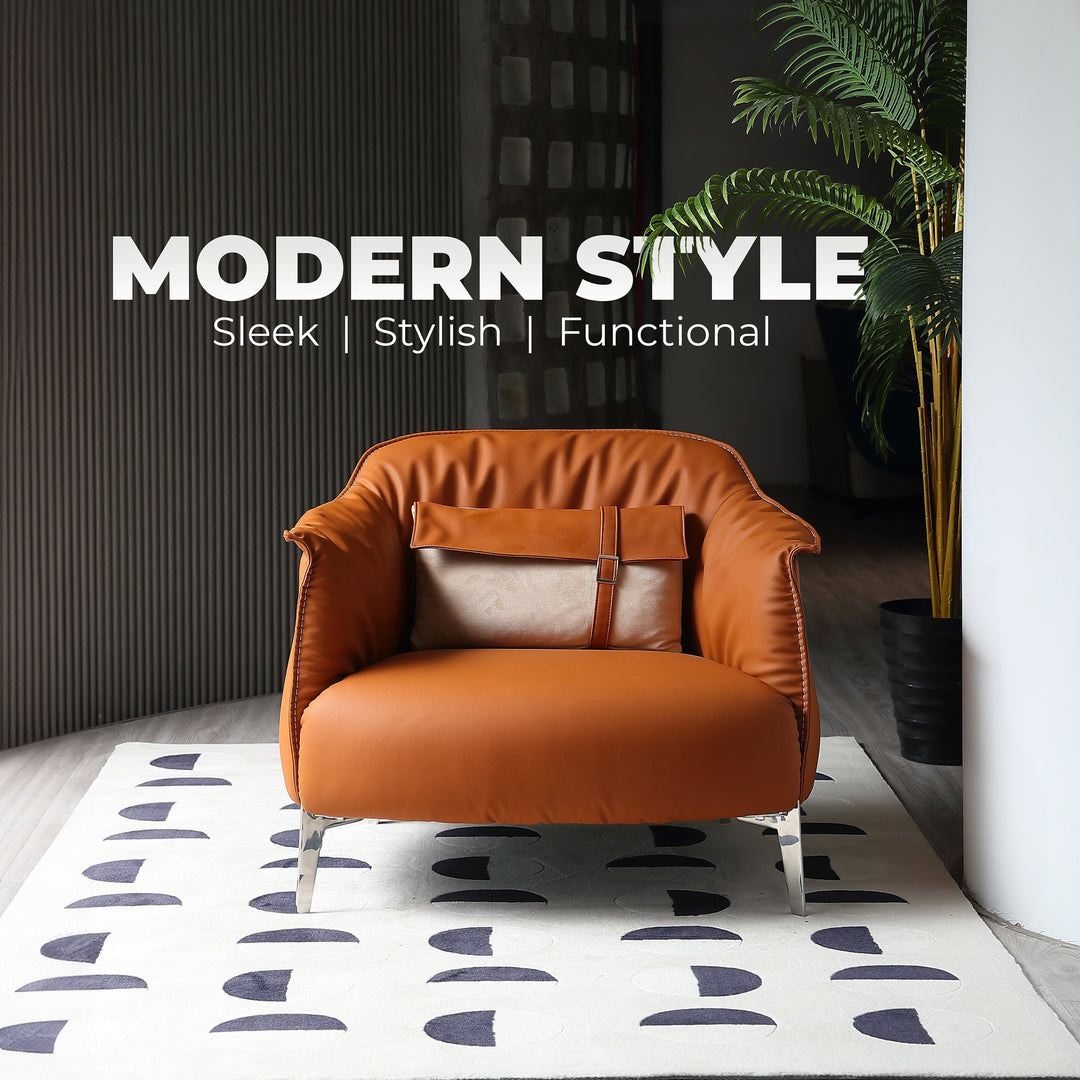
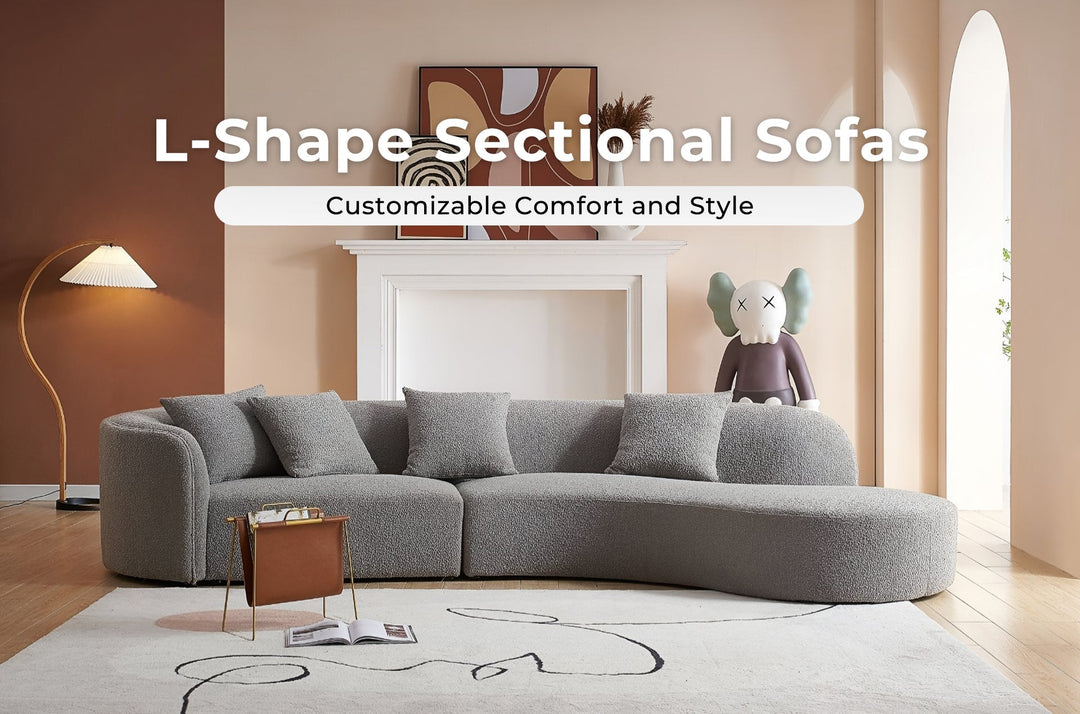

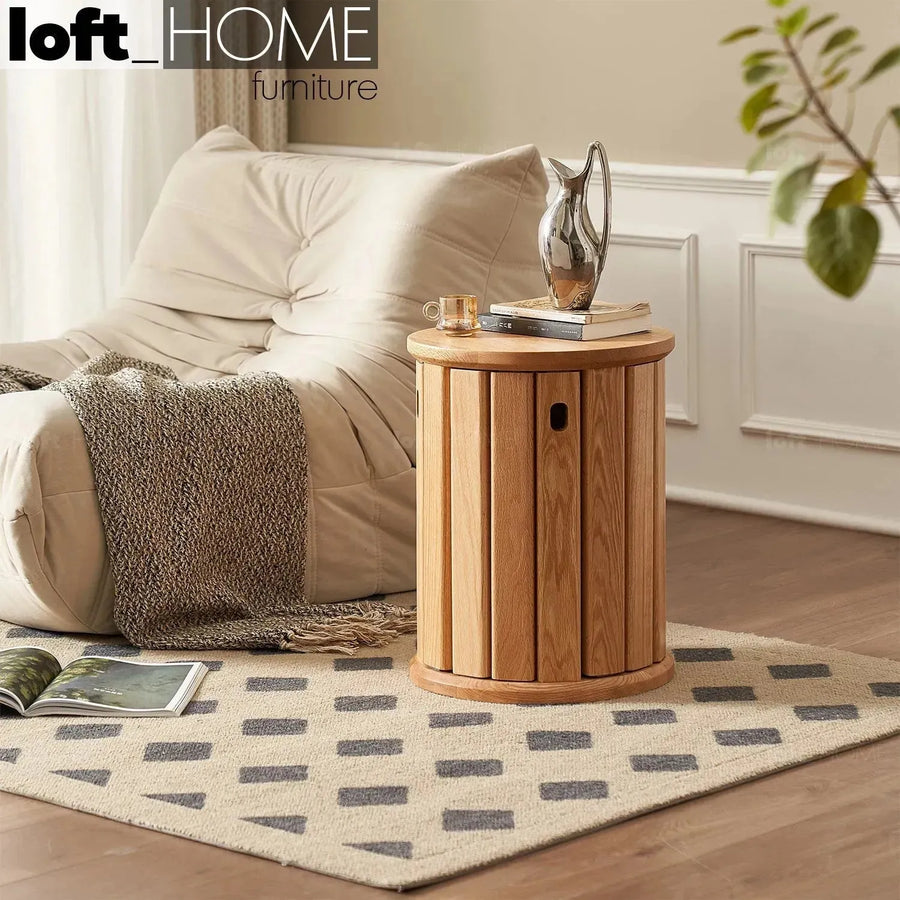
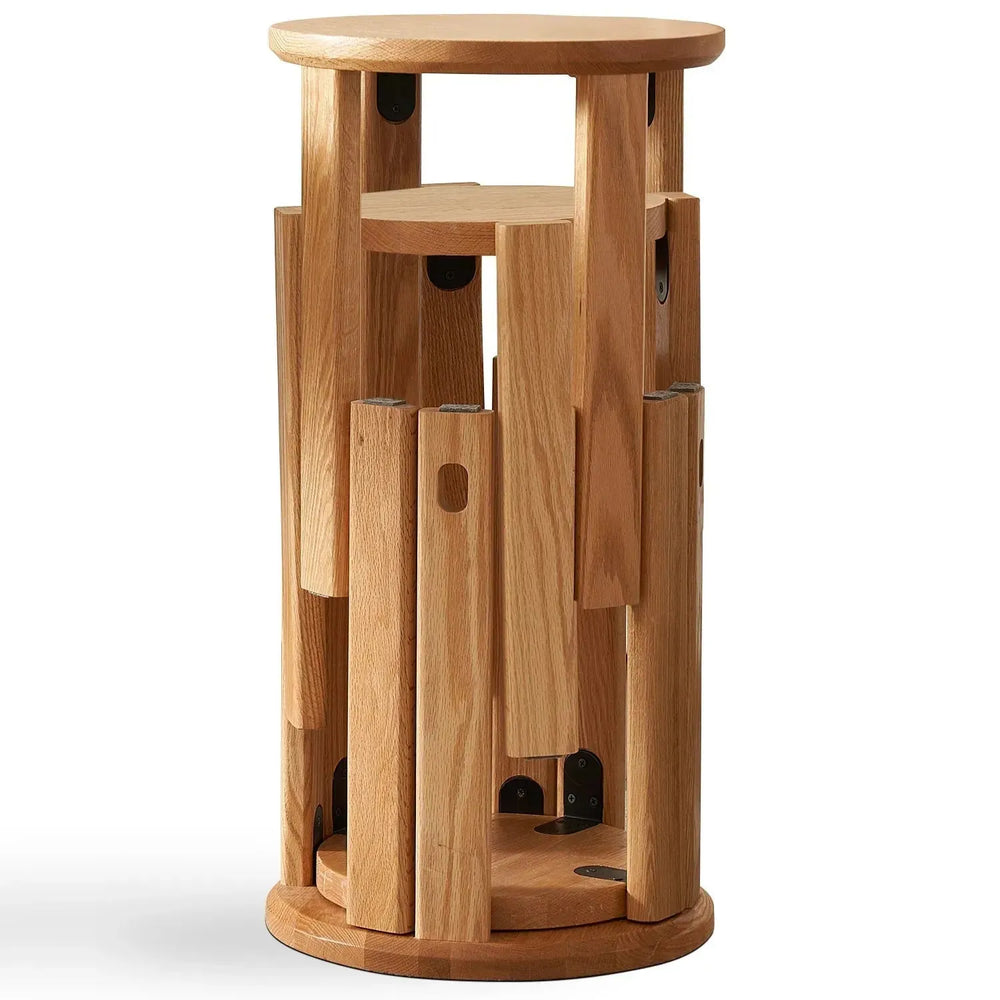



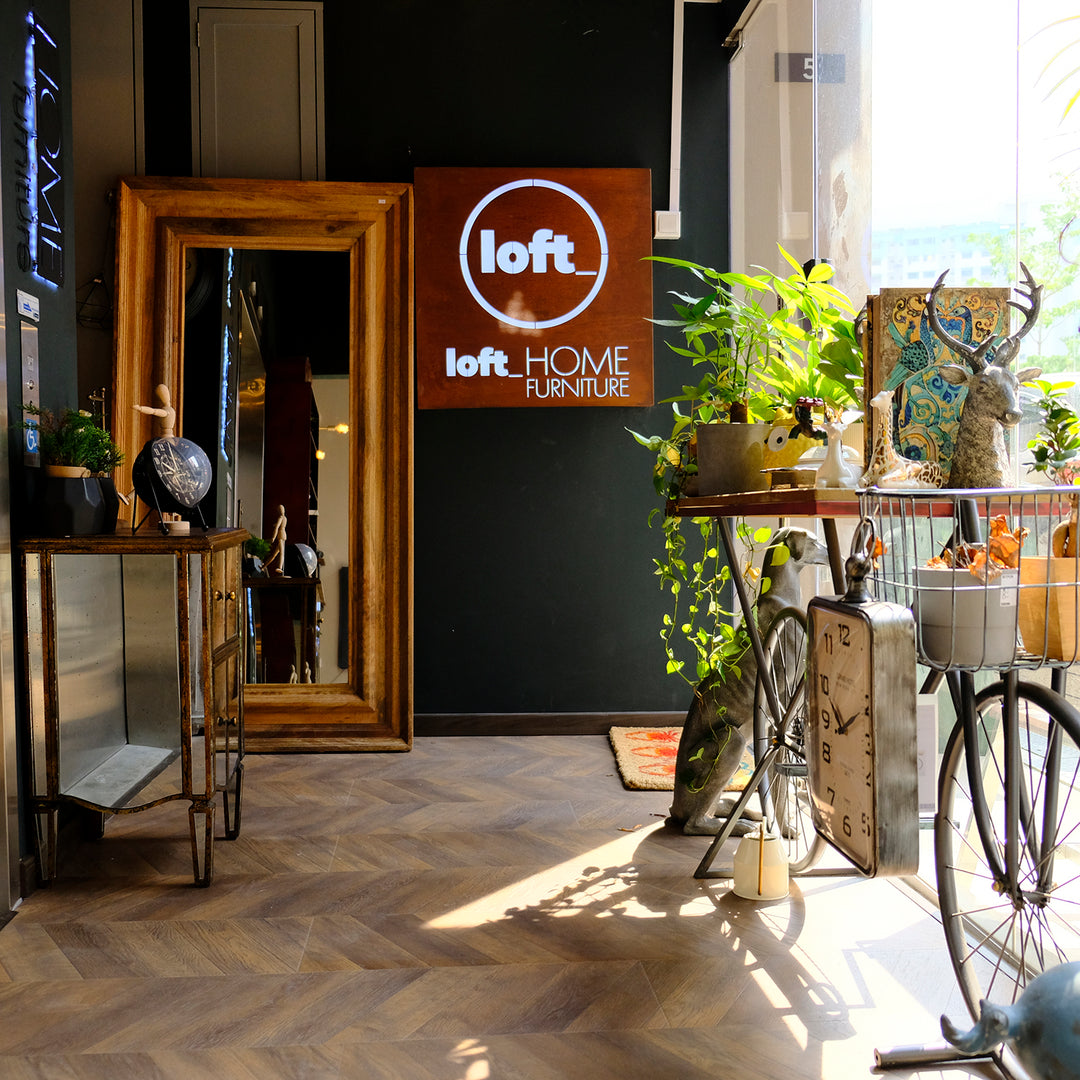
Leave a comment